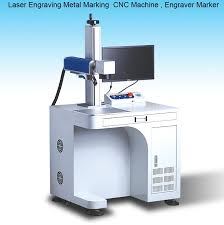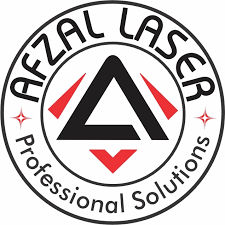Here are some common types of laser machines and thA laser machine is a device that uses a laser (Light Amplification by Stimulated Emission of Radiation) to perform various tasks. Lasers produce a concentrated beam of light that can be precisely controlled and focused. These machines are used in many fields, from manufacturing and medicine to entertainment and researcher applications:
Cutting-Edge Solutions
laser machine technology



1. Laser Cutting Machines
- Purpose: Used to cut materials (metal, plastic, wood, textiles, etc.) with high precision.
- How it works: The laser beam melts, burns, or vaporizes the material to create a clean cut.
- Applications: Manufacturing, automotive, aerospace, metalworking, etc.
2. Laser Engraving Machines
- Purpose: Used for engraving or marking materials with text, logos, or designs.
- How it works: The laser beam vaporizes the surface material, leaving a permanent mark.
- Applications: Personalization of products, jewelry engraving, industrial marking, etc.
3. Laser Welding Machines
- Purpose: Used to join metal parts together by using a laser beam to melt and fuse the metal.
- How it works: A high-intensity laser beam melts the metal at the joint, creating a strong bond once it cools.
- Applications: Automotive industry, electronics, and heavy machinery.
4. Laser Marking Machines
- Purpose: Used to create permanent markings (such as serial numbers, barcodes, logos) on products.
- How it works: A laser beam interacts with the material’s surface to change its properties, producing a permanent mark.
- Applications: Aerospace, automotive, medical devices, and electronics.
5. Laser Engraving for Artwork & Design
- Purpose: Used in the art and craft industries to etch or engrave intricate designs into wood, acrylic, leather, and other materials.
- How it works: Laser engravers use focused beams to etch patterns into the material’s surface.
- Applications: Custom gifts, decorative pieces, and art.
6. Laser Hair Removal Machines
- Purpose: Used in cosmetic procedures to remove unwanted hair.
- How it works: The laser targets hair follicles, using heat to damage them and prevent future hair growth.
- Applications: Aesthetic clinics and spas.
7. Laser Therapy (Low-Level Laser Therapy)
- Purpose: Used for pain management and tissue healing.
- How it works: Low-intensity lasers are applied to the body to stimulate cell regeneration and reduce inflammation.
- Applications: Physiotherapy, rehabilitation, and sports medicine.
8. Laser Projectors and Light Shows
- Purpose: Used for creating visual effects, light shows, and projections.
- How it works: Lasers are directed and modulated to create a variety of light patterns and colors.
- Applications: Concerts, events, nightclubs, and entertainment industries.
9. Laser Printers
- Purpose: A type of printer that uses laser technology to print text and images on paper.
- How it works: A laser beam is used to project an image onto a drum or belt, which is then transferred to paper with toner.
- Applications: Offices, homes, and businesses.
Key Features of Laser Machines:
- Precision: Lasers can focus on very small areas, making them ideal for detailed and high-accuracy tasks.
- Speed: Laser machines can work quickly, especially in industrial applications.
- Non-contact: Lasers don’t require physical contact with the material, reducing wear on the machine and minimizing the risk of damaging the material.
- Automation: Many laser machines are computer-controlled, which makes them easy to automate for mass production.
Safety Considerations:
- Laser Safety Glasses: Operators typically wear safety glasses to protect their eyes from direct or reflected laser light.
- Ventilation: Some laser processes (like cutting or engraving) can produce fumes, so proper ventilation or filtration is required.
- Training: Since lasers can be hazardous, especially high-powered ones, operators need to be trained in safety protocols.
Laser machines have become invaluable tools in numerous industries because of their versatility, precision, and efficiency.

